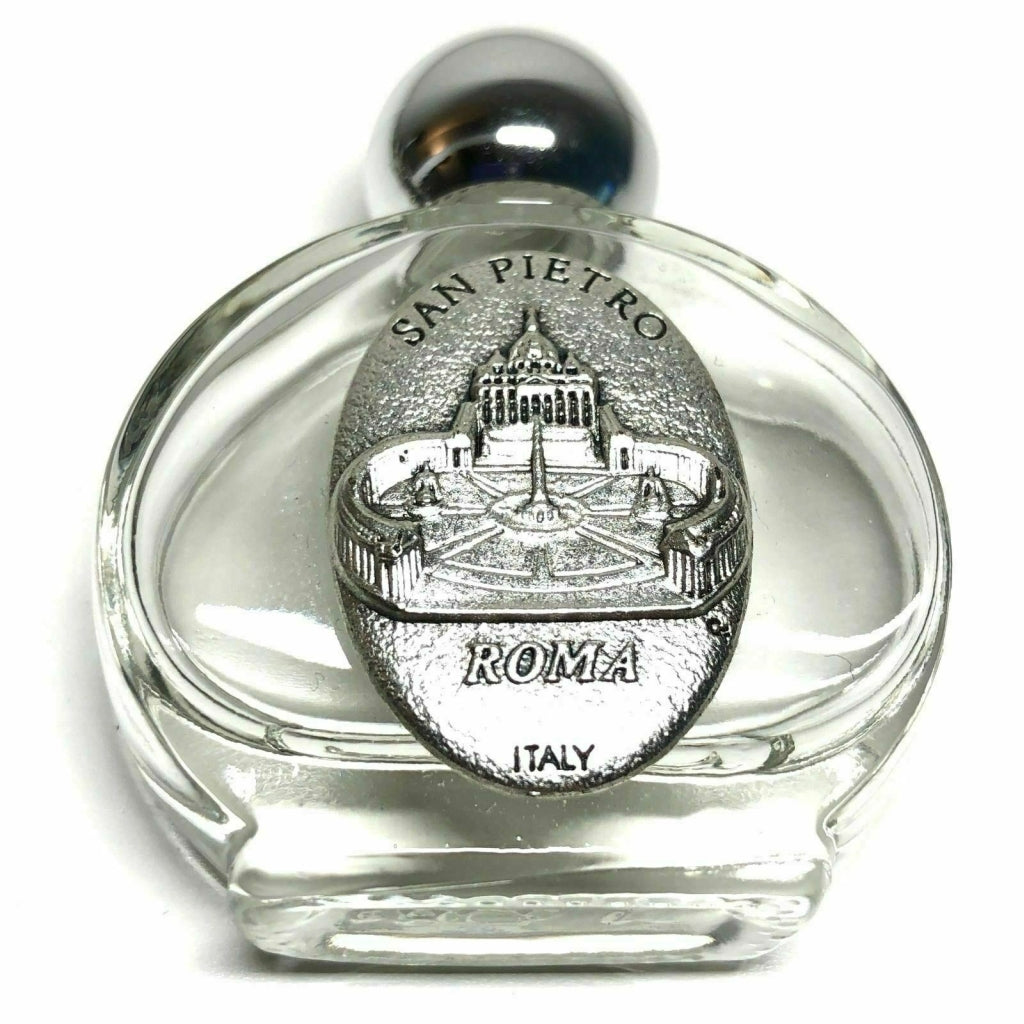The seven Deadly Sins, often referred to in religious contexts, have a profound meaning and history that goes beyond mere labels. These sins are not just a list of wrongdoings; they represent a complex interplay of human emotions, desires, and moral dilemmas. Let's delve into their significance, origins, and how they were defined over time.
Understanding the Seven Deadly Sins
Contrary to the common term "deadly sins," these sins are more accurately described as capital vices or virtues. The Latin word "vĭtĭum" refers to a flaw of the spirit, and the term "Capital Sin" comes from the adjective "capital," meaning head. These vices are considered the root of all other sins, leading individuals away from virtue and toward moral decay.Misconceptions and Clarifications
The term "deadly sins" may lead to misunderstandings. They are not sins that lead directly to death but rather vices that can lead to spiritual death if left unchecked. Understanding them as capital vices helps to clarify their role in moral theology.
Historical Perspective
Aristotle's Influence
The concept of these sins dates back to the 4th century BC, with Aristotle's Nicomachean Ethics. He discussed the lack, excess, and golden mean, emphasizing the importance of moderation. His philosophy laid the groundwork for understanding human behavior and ethics.
Catholic Thinkers
Aristotle's ideas were later echoed in the Catholic sphere by thinkers like Evagrius Ponticus, who listed eight capital vices. The Church Fathers further refined these concepts, leading to the seven Deadly Sins as we know them today.
Enlightenment and Modern Philosophy
During the Enlightenment and subsequent centuries, philosophers like Kant further explored these concepts. The seven Deadly Sins became a subject of study in various fields, including literature, art, and psychology.
The Significance of the Number Seven
The number seven has been symbolized as perfection in various ancient cultures, including Judaism, Islam, Buddhism, and Shintoism. In Catholicism, the number seven is considered divine and is associated with God's rest after Creation, sacraments, the pains of Mary, and the Apocalypse. This symbolism adds a layer of complexity to the understanding of the seven Deadly Sins.The Seven Main Temptations
According to Saint Thomas Aquinas, the seven main temptations that humans face are:
1. **Pride**: A sense of superiority that leads to disrespect for others. It can manifest in various ways, from arrogance to a lack of empathy.
2. **Envy**: Hatred for others due to their possessions or qualities. It can lead to destructive behaviors and a lack of contentment.
3. **Lust**: A fruitless pleasure that lacks love or consideration for oneself or others. It goes beyond healthy desire and can lead to addiction or obsession.
4. **Gluttony**: An insatiable hunger that goes beyond need. It represents a lack of self-control and can affect both physical and spiritual well-being.
5. **Sloth**: A refusal of life, leading to boredom, passiveness, and neglect of spiritual matters. It's a rejection of personal growth and responsibility.
6. **Wrath**: A blind rage that fuels hatred, resentment, and revenge. It can destroy relationships and lead to violence.
7. **Greed**: An excessive attachment to material goods, leading to an obsession with never having enough. It reflects a lack of satisfaction and gratitude.
To sum up, the seven Deadly Sins are more than just a list of wrongdoings; they represent a complex interplay of human emotions, desires, and moral dilemmas. Understanding them requires a deep dive into philosophy, history, and religion, revealing insights into human nature and ethical considerations. They continue to be a subject of fascination and study, offering timeless lessons on virtue, morality, and the human condition.










